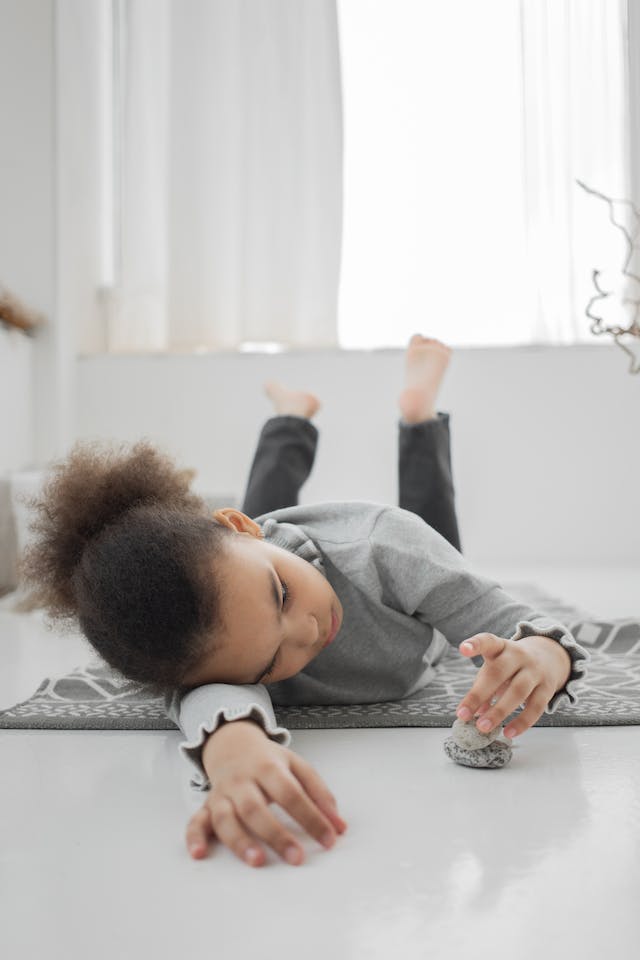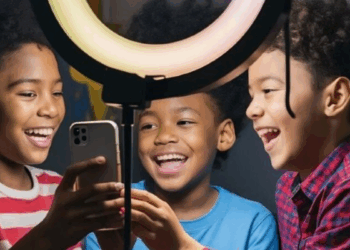Adults unquestionably enjoy a little free time in their schedules. However, children don’t necessarily see it that way. Too much free time for young people can morph into what would seem like a never-ending cycle of non-constructive hours that can lead to frustration for everyone involved. According to the experts, there are ways that parents can help their children redirect and manage their free time so that it morphs into something actually amazing.

In her newsletter, “Learn With Dr. Emily“, Child psychologist Dr. Emily W. King wrote about the value of helping kids redirect their free time.
“Free time allows children to feel what it’s like to be bored, which gives them a chance to work out their differences with siblings and lets them solve their own problems,” Dr. King wrote. “Free time encourages independence, increases social skills, and builds resilience.”
Want to know more? Keep reading, because here are a few tips for parents from the experts as to how you can successfully help your children redirect and manage their free time.

First, let’s not call it “free time”
For adults, “free time” is a luxury. For children, according to Anna Lee Beyer, writer for LifeHacker.com, “free time” is “… too wide open, especially when it’s not really “free” (since they’d probably choose an activity like watching YouTube for six hours straight). Instead, using the phrase “free choice” might work better for your child.”
For their “free choice” time, Beyer suggests that parents already have a pre-selected “menu” of activities for their children to engage in to keep them busy. Some activities might include: building a Lego set, drawing, painting, write, read a book, learn an instrument, etc. etc. The key is to redirect their time towards something that they find interesting so they won’t be bored.
Set a routine
If you already have a routine for them in place, when they have “free choice” time, occupying that time will be a no-brainer, especially if your child is does not feel comfortable without structure. Dr. King suggests that you can make a physical list together and craft the day so that everyone will be happy.

Consider your child’s age and developmental readiness
What will work or a pre-teen or teenager, is unquestionably not appropriate for a toddler or elementary-aged child. Make sure to consider your child’s age and developmental readiness when crafting a plan and choices for their “free choice” time.
“While exposure to free time is very beneficial for children who are ready to be independent, already have a solid understanding of their social world, and who are able to trust that they are not in danger when something unexpected happens, free time can be difficult for children with weaknesses in executive functioning, emotional regulation, and social skills,” King wrote in her newsletter.
Now, it is time to help your child enjoy their “free choice” time
Especially if this is new for your child, you will want to help them get started with their “free choice” time in order for it to be successful.
“Some children will need for you to get them started on an activity, be reassured when something is a small problem they can solve on their own, or be reminded when it’s okay to come get you for help,” King wrote. “Remember, you are teaching them how to be independent, so encourage and praise their successes.”
And of course, once you have helped your child redirect and manage their “free choice” time and adventures, it is time for you as a parent to master your own!







